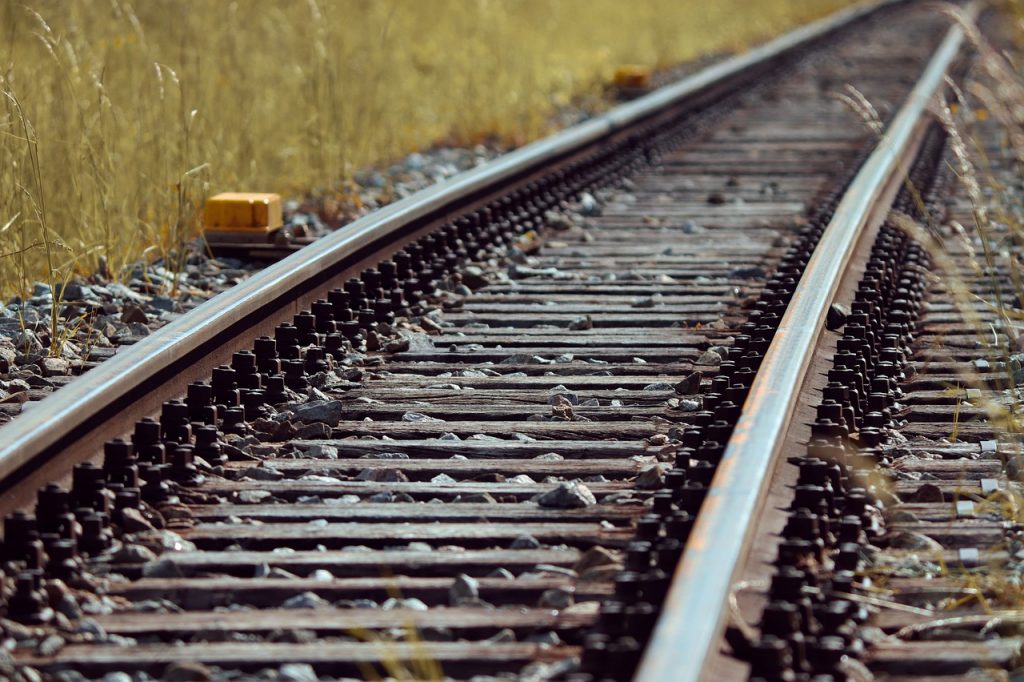Trains are the lifeline of middle-class people, especially in metro cities. On a daily basis, trains have to cover thousands of kilometers. But, railway tracks still don’t rust away and fall apart despite being exposed to different kinds of weather conditions.
Ever wondered about the reason? Why railway tracks don’t rust away? Well, we will answer to your questions in this article.
The biggest reason is that the steel used in rail is composed of a higher quality steel alloy. Actually different types of metal are also mixed in the steel used in rail tracks. The most important of them is Mangalloy, also known as manganese steel or Handfield Steel.
Mangalloy is a type of alloy that contains 12% Manganese and 0.8% to 1.2% carbon content. All these things together slow down the speed of corrosion of the oxidation process of the railway track. As a result, the steel which should have been broken by rust in 2 or 3 years, keeps running for years and due to this our train also runs on it for years.
Furthermore, the steel in a rail is composed of a higher quality steel alloy, which is less susceptible to corrosion. This is necessary as the rail will be subjected to much higher dynamic stresses.
A steel rail also has a thicker cross section. When the rust forms on the face of the rail it acts as a barrier which then slows the rate of corrosion.
The top and upper side face of a rail doesn’t usually corrode because friction and wear keep it polished and free of rust. The rail company also grind the track to remove surface imperfections caused by the trains braking, if these imperfections were allowed to worsen and deepen, the high impact force of the train hitting them at high speed could cause the rail to fracture.
Different rails are replaced at different time intervals; it depends on the weight of the trains passing over them, the frequency of the trains and the location of the rails i.e. on bends, on straights or in tunnels. The rails are usually taken up and reused in shunting yards or lightly trafficked sections of track where they would be subjected to less stress.
